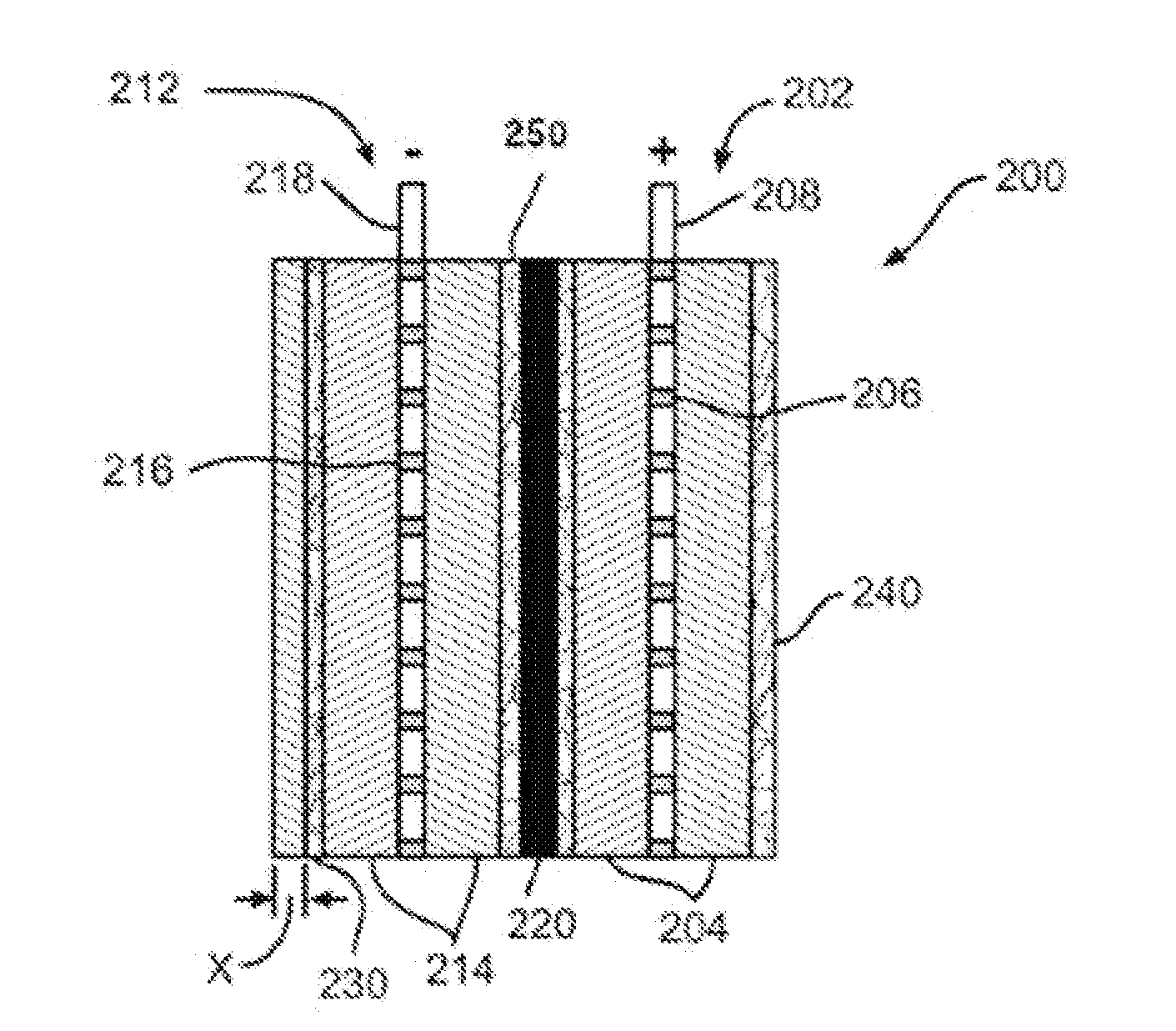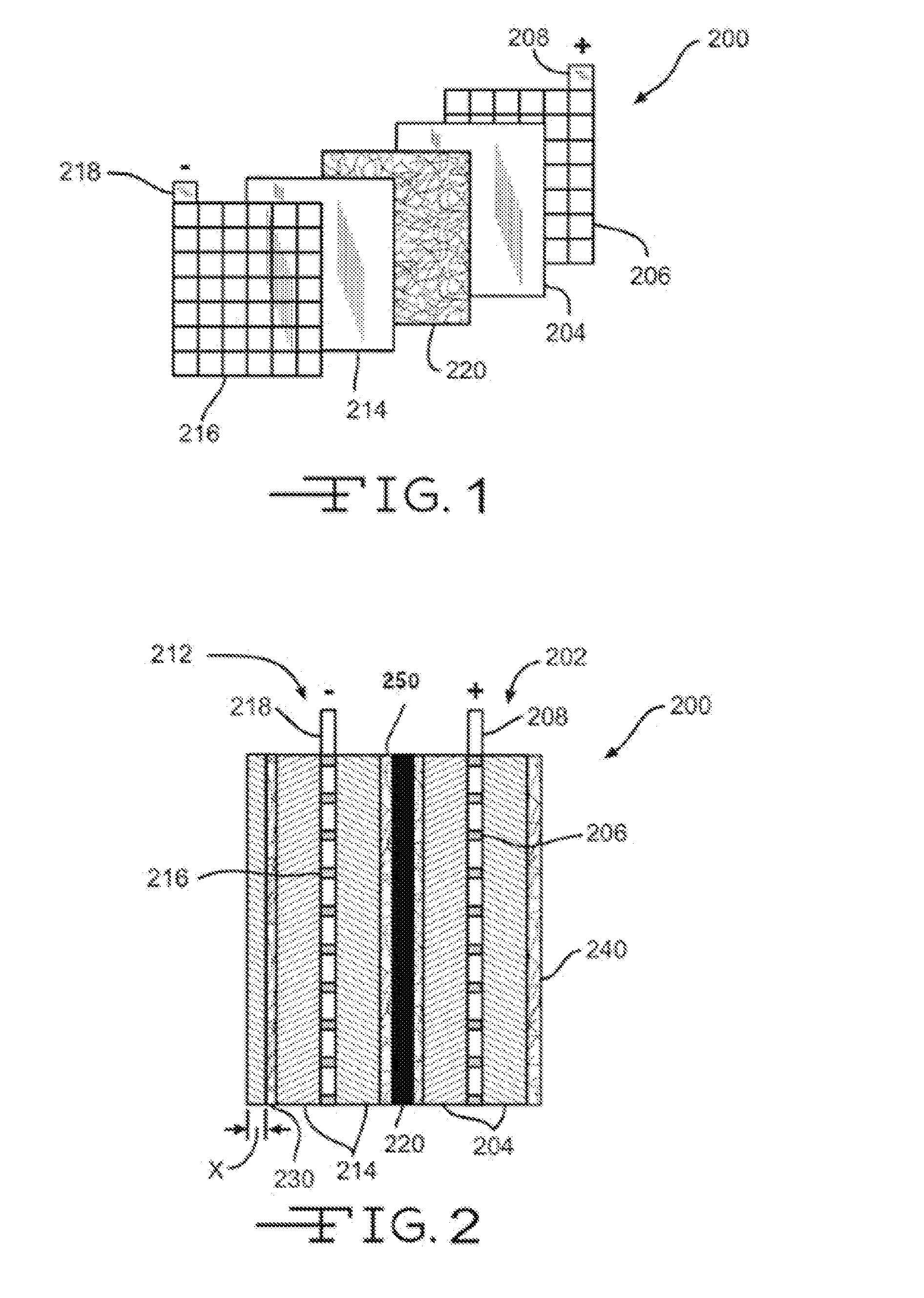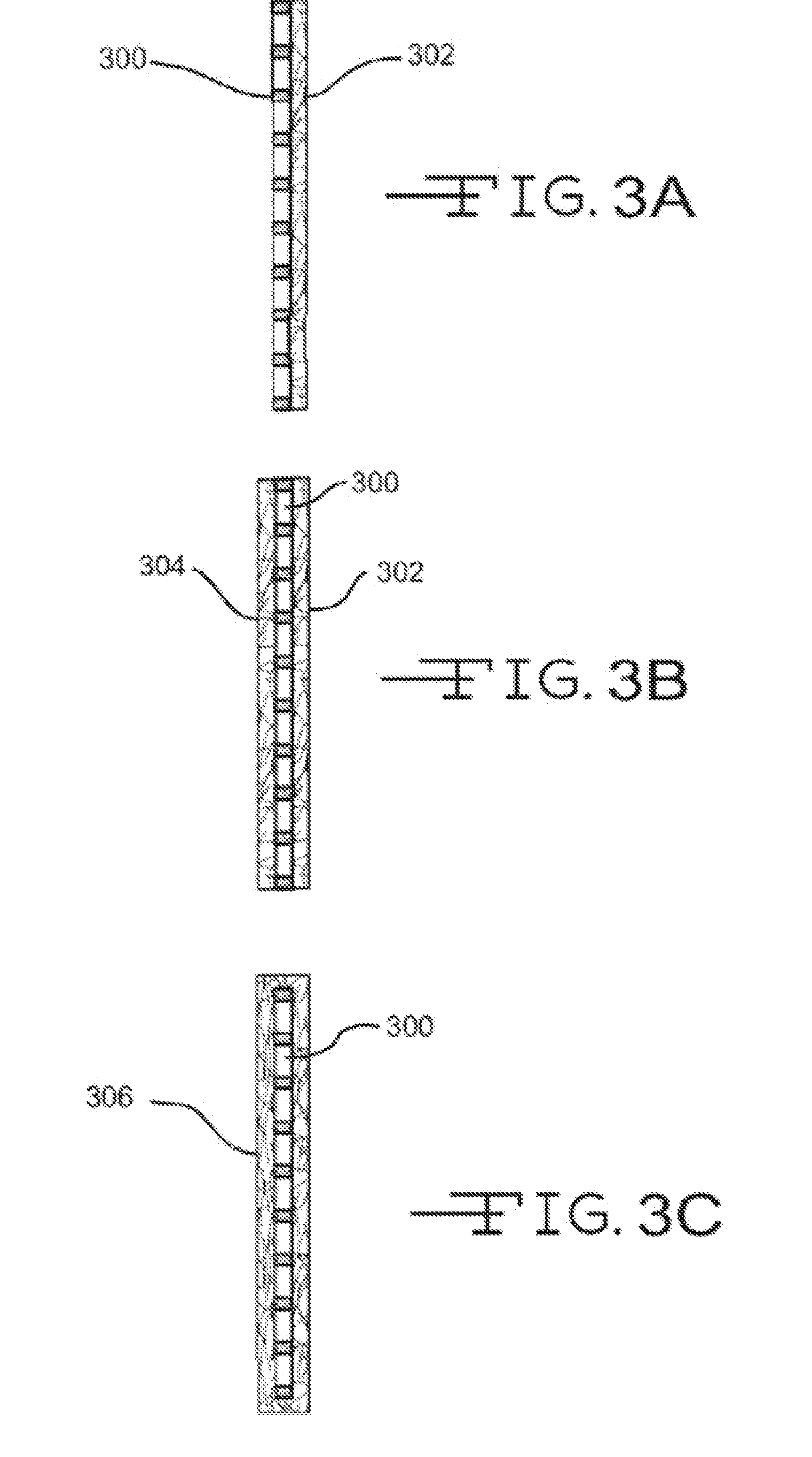Acid resistant glass mats that include binders with hydrophilic agents
a technology of hydrophilic agents and binders, applied in the field of acid resistant glass mats, can solve the problems of adverse consequences on battery performance, glass fibers not naturally attached, wettability and wickability, etc., and achieve the effects of improving wettability, improving wettability, and improving wettability
- Summary
- Abstract
- Description
- Claims
- Application Information
AI Technical Summary
Benefits of technology
Problems solved by technology
Method used
Image
Examples
examples
[0060]The effects of surfactants on the wickability of non-woven glass fiber mats were measured. The non-woven glass mats were made with a wet-laid machine that brings together the binder composition with the glass fibers. The non-woven glass mat samples used a combination of coarse glass fibers, made from K249T glass and having a nominal fiber diameter of 13 μm and length of 0.75 inches, and glass microfibers, made from 206-253 glass and having a nominal fiber diameter of about 0.765 μm. The weight ratio of the coarse glass fibers to glass microfibers was 70:30 for all the samples measured.
[0061]The glass fibers were contacted with a variety of binder compositions listed in Table 1 below. All the binder compositions included Rhoplex® HA-16, and / or a surfactant such as Carsoquat® SDQ-25 or TegMeR® 812.
[0062]The air permeability of the non-woven glass mats was measured by the TEXTEST™ FX 3300 according to ASTM Standard Method D737. This test was normally carried out at a differential...
PUM
| Property | Measurement | Unit |
|---|---|---|
| contact angle | aaaaa | aaaaa |
| molecular weight | aaaaa | aaaaa |
| diameters | aaaaa | aaaaa |
Abstract
Description
Claims
Application Information
 Login to View More
Login to View More - R&D
- Intellectual Property
- Life Sciences
- Materials
- Tech Scout
- Unparalleled Data Quality
- Higher Quality Content
- 60% Fewer Hallucinations
Browse by: Latest US Patents, China's latest patents, Technical Efficacy Thesaurus, Application Domain, Technology Topic, Popular Technical Reports.
© 2025 PatSnap. All rights reserved.Legal|Privacy policy|Modern Slavery Act Transparency Statement|Sitemap|About US| Contact US: help@patsnap.com



